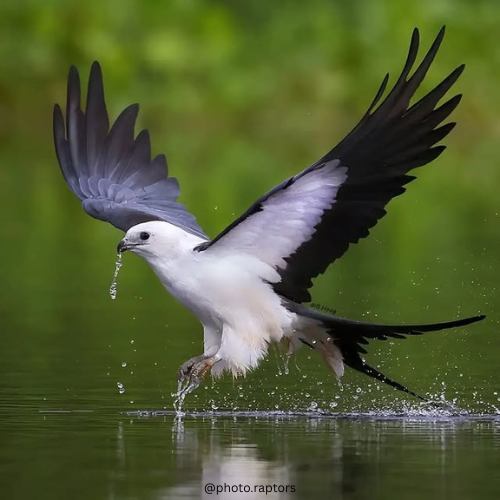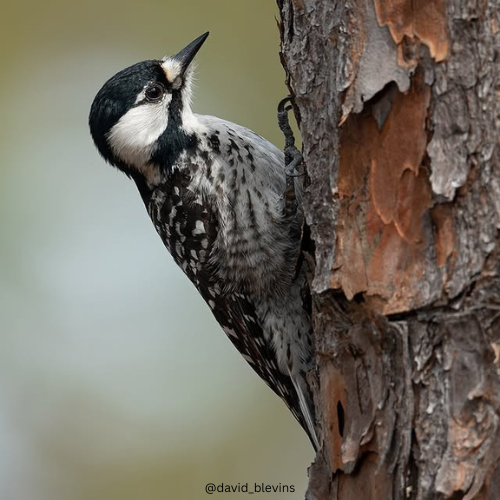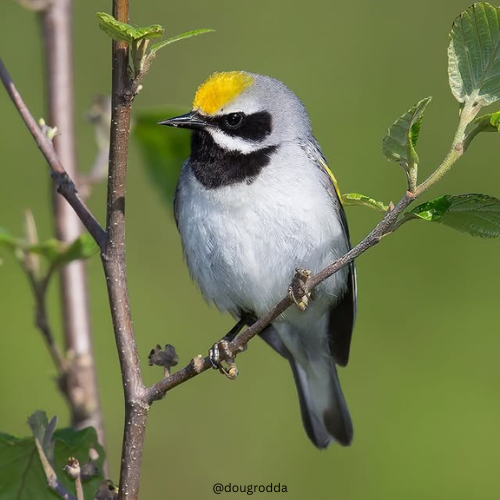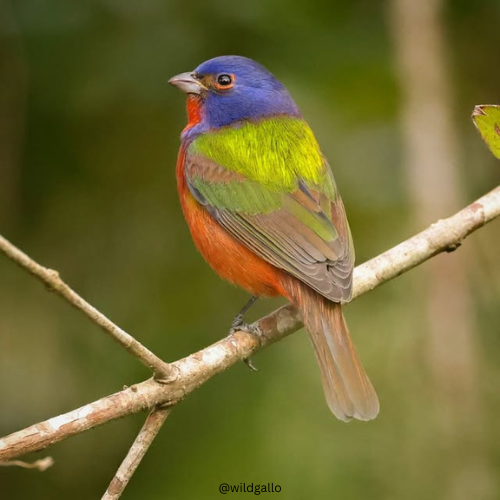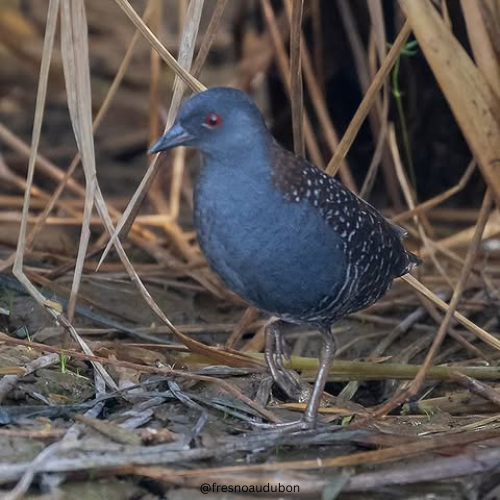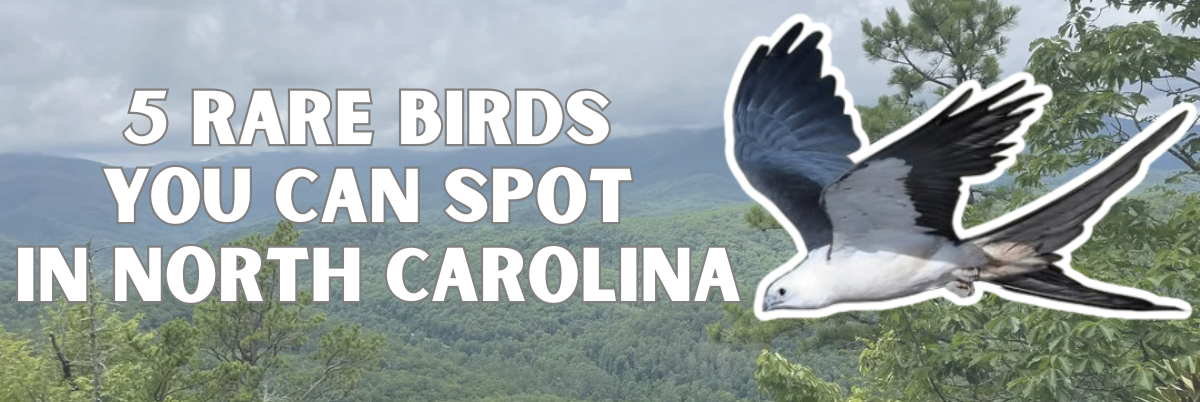
By Avian Feathers Team
Published July 2025
North Carolina is full of birds, but some species are much harder to find than others. These rare birds may visit only during certain seasons or live in habitats that are tricky to reach. If you’re lucky enough to see one, it’s a special experience worth remembering.
1. Swallow-tailed Kite
This elegant raptor is known for its black-and-white feathers and deeply forked tail. Swallow-tailed Kites glide effortlessly through the sky, often seen circling above wetlands or river edges. They eat insects and small animals mid-air. While rare in North Carolina, they sometimes nest in the southern part of the state.
Size
Length: 20–27 in (50–68 cm)
Wingspan: 48 in (122 cm)
Weight: 13–21 oz (370–600 g)
Scientific Name: Elanoides forficatus
2. Red-cockaded Woodpecker
This small woodpecker is a conservation success story. It’s black-and-white with a faint red streak behind the eye on males. They live in longleaf pine forests, which are disappearing, making them hard to find. They nest in live pine trees, which is rare among woodpeckers.
Size
Length: 7.9–9.1 in (20–23 cm)
Wingspan: 14 in (35 cm)
Weight: 1.5–1.8 oz (42–52 g)
Scientific Name: Dryobates borealis
3. Golden-winged Warbler
This warbler has a bright yellow crown and wings with gray feathers and a black eye mask. It lives in shrubby forests and is only seen during spring migration in North Carolina. Habitat loss has made them very rare. Seeing one takes patience and a bit of luck.
Size
Length: 4.7–5.1 in (12–13 cm)
Wingspan: 7.5–8.3 in (19–21 cm)
Weight: 0.3–0.4 oz (8.5–11 g)
Scientific Name: Vermivora chrysoptera
4. Painted Bunting
This rainbow-colored bird is one of the most stunning in the U.S. Males are bright red, blue and green, while females are greenish-yellow. They prefer dense shrubs and can be shy. You might spot one in southeastern North Carolina during breeding season.
Size
Length: 4.7–5.5 in (12–14 cm)
Wingspan: 8.3–9.1 in (21–23 cm)
Weight: 0.5–0.7 oz (13–19 g)
Scientific Name: Passerina ciris
5. Black Rail
This tiny marsh bird is famously secretive. Black Rails live in dense wetlands and are almost never seen, even by experienced birders. They are dark gray with white speckles and red eyes. You’ll hear their “kick-ee-doo” call more often than you’ll spot them.
Size
Length: 4.7–6 in (12–15 cm)
Wingspan: 8.7–11 in (22–28 cm)
Weight: 1–1.5 oz (29–43 g)
Scientific Name: Laterallus jamaicensis
Where to Spot Rare Birds in North Carolina
Spotting these rare birds in North Carolina requires dedication, knowledge of their specific habitats, and often, a bit of luck:
Swallow-tailed Kite: These elegant raptors are summer residents, most likely seen in the southeastern coastal plain of North Carolina, particularly near large rivers, swamps, and extensive wetlands. Look for them gracefully soaring high overhead, especially along the Cape Fear River basin or Green Swamp area.
Red-cockaded Woodpecker: A critically endangered species, found almost exclusively in old-growth longleaf pine forests in the southeastern part of the state. Prime locations include Fort Liberty (formerly Fort Bragg) and Sandhills Game Lands, where active conservation efforts are underway. They are best found by looking for their distinctive “cavity trees” (pines with sap wells).
Golden-winged Warbler: Primarily a spring migrant (April-May) in North Carolina. They prefer shrubby clearings, young deciduous forests, and early successional habitats, particularly at higher elevations in the western mountains. Listen for their buzzy, two-part song “bzzzz-bzzz-bzzz.”
Painted Bunting: A dazzling summer resident, found in the southeastern coastal plain of North Carolina. Look for them in dense shrubs, coastal hammocks, maritime forests, and garden edges, often near water. They can be shy, so quiet observation or listening for their soft, hurried song is key.
Black Rail: Extremely secretive and one of North Carolina’s most elusive birds. They inhabit dense freshwater and brackish marshes, tidal wetlands, and wet meadows, particularly in the coastal plain. They are almost never seen; the best chance to detect them is by listening for their distinctive “kick-ee-doo” call at night, especially during the breeding season.
You might just be the next lucky observer to witness one of these truly exceptional avian treasures! What rare bird are you adding to your North Carolina wish list?

